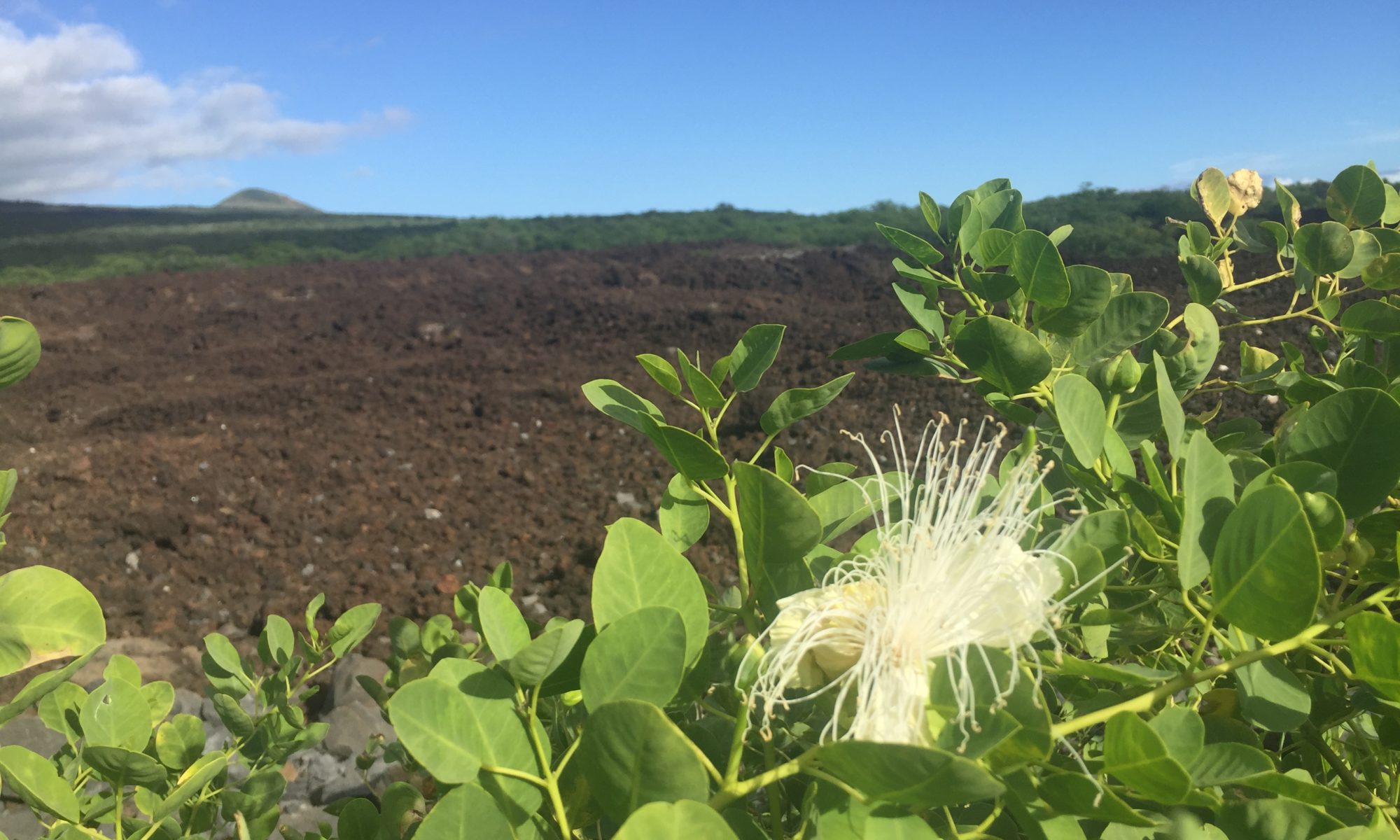One of the outcomes of our participation in the 2018 City Nature Challenge is the realization that a number of group on Maui and the Hawaiian Islands at large are using the platform to get input from citizen scientists about rare, endangered, and invasive species. In this post, I wanted to highlight the DAR Aquatic Invasive Species Team’s iNaturalist project; named, of course, State of Hawaii: Aquatic Invasive Species.
Invasive species, as you might guess from the name, are species that are both not native and are causing a problem. The team has put together a list of thirty-nine aquatic species that are considered invasive in the State of Hawaii. The list below are species of particular interest. A listing of all thirty-nine species, with pictures is available on their iNaturalist guide. Not all of these species are known from all of the Hawaiian islands. Early detection can make a difference between getting rid of these problem species before they spread and having to deal with the ecological (and often economic) havoc they can cause.
If you’d like to find out more about the DAR Aquatic Invasive Species program, there website is here: http://dlnr.hawaii.gov/ais/
Invasive Algae:
- Smothering Seaweed (Kappaphycus/ Euchema sp.)
- Gorilla Ogo (Gracilaria salicornia)
- Leather Mudweed (Avrainvillea amadelpha)
- Hook Weed (Hypnea musciformis)
- Prickly Seaweed (Acanthophora spicifera)
Invasive Marine Animals:
- Orange Keyhole Sponge (Mycale armata)
- Tilapia (Tilapia spp.)
- Upside-down Jellyfish (Cassiopea spp.)
- Peacock Grouper (Cephalopholis argus)
Invasive Freshwater Animals:
- Banded Jewel Cichlid (Hemichromis elongatus)
- Smallmouth Bass (Micropterus dolomieu)
- Green Swordtail (Xiphophorus helleri)
- Convict Cichlid (Archocentrus nigorfasciatus)
- Guppies (Poecilia reticulata)
- Suckermouth Catfish (Hypostomus c.f. watwata)
- Asiatic Clam (Corbicula fluminea)
- Apple Snail (Pomacea canaliculate, P. bridgesi, P. paludosa, Pila conica)
- Tahitian Prawn (Macrobranchium lar)
Invasive Freshwater Plant:
- Giant Salvinia/ Water Fern (Salvinia molesta)



 Introduced species sometimes integrate into the fabric of their new home in a way that doesn’t really seem to cause problems for the original residents. Other introduced species – invasive species – do and the Little Fire Ant (aka the Electric Ant) is one of the latter. They are called fire ants because they sting – people, pets, wildlife – they’ve even been reported to have affected hatchling sea turtles! Add to that the fact that their stings are industrial grade – hence the name fire ant – and they’ve even caused pets and livestock to go blind after repeated stings to the eye.
Introduced species sometimes integrate into the fabric of their new home in a way that doesn’t really seem to cause problems for the original residents. Other introduced species – invasive species – do and the Little Fire Ant (aka the Electric Ant) is one of the latter. They are called fire ants because they sting – people, pets, wildlife – they’ve even been reported to have affected hatchling sea turtles! Add to that the fact that their stings are industrial grade – hence the name fire ant – and they’ve even caused pets and livestock to go blind after repeated stings to the eye.
